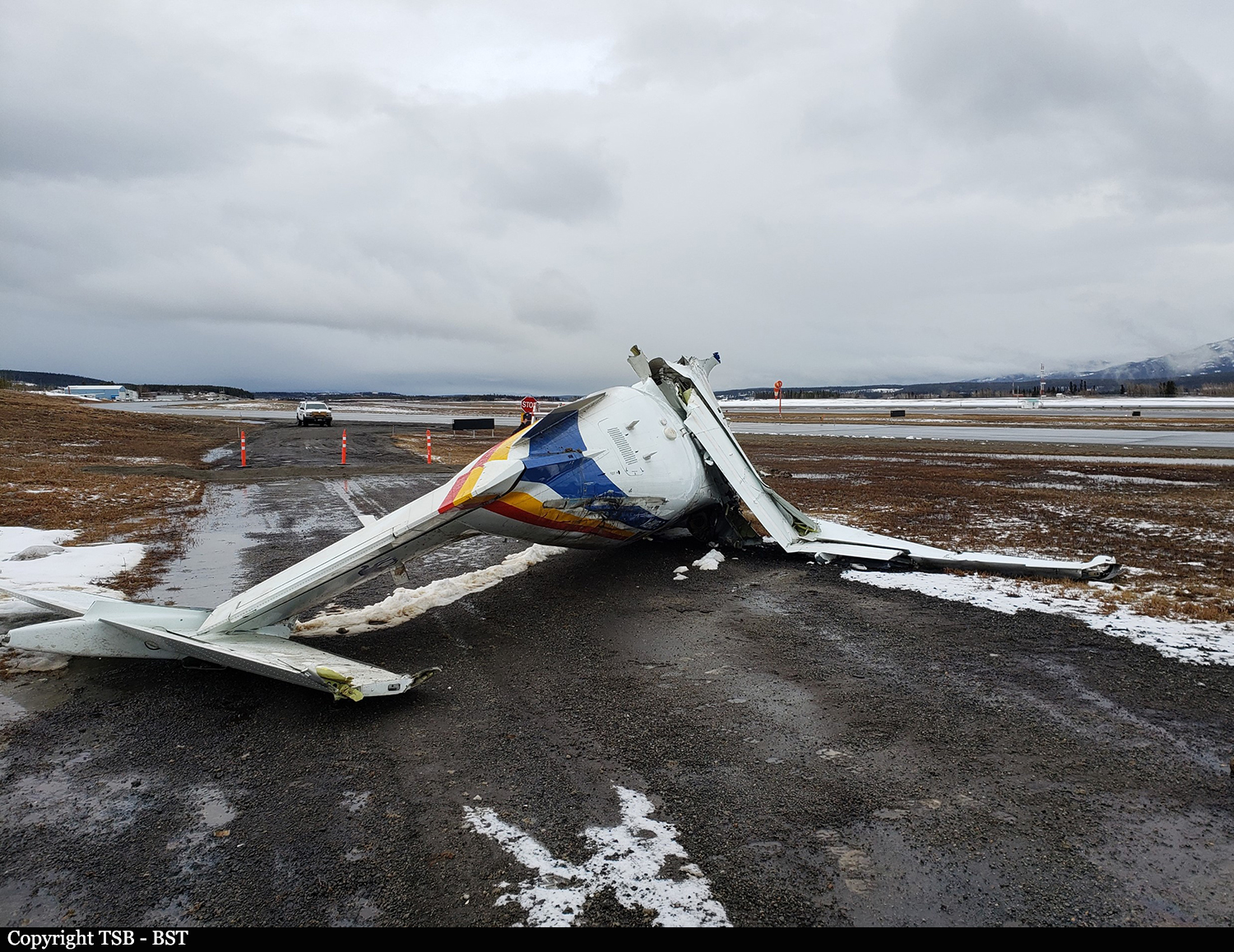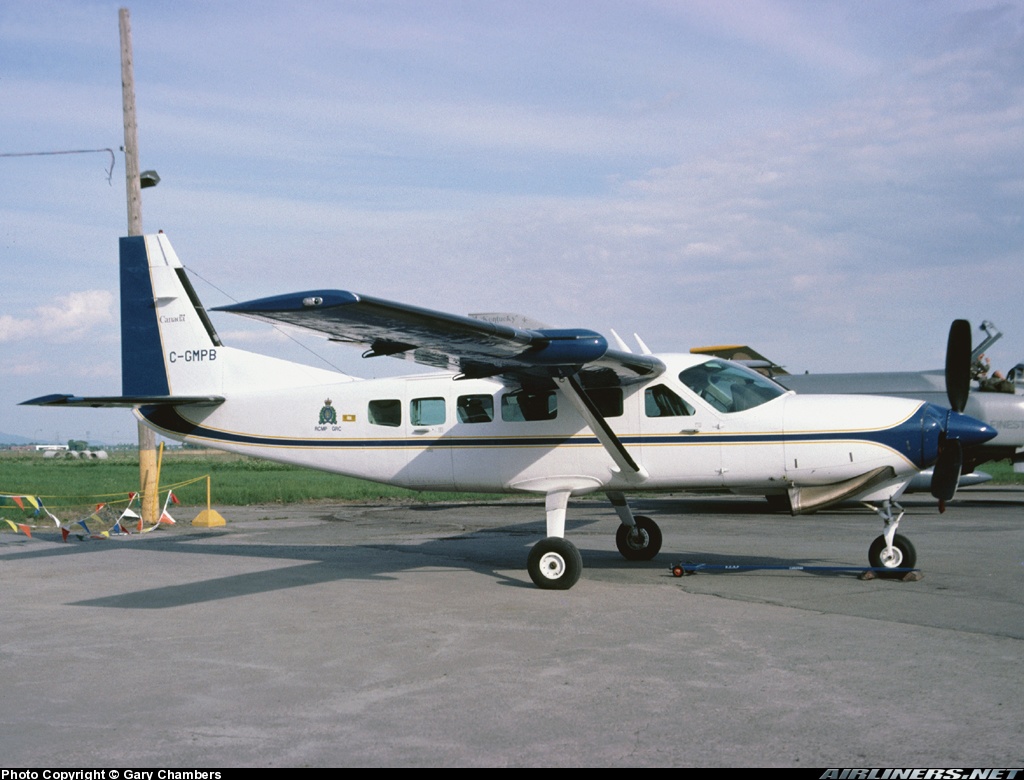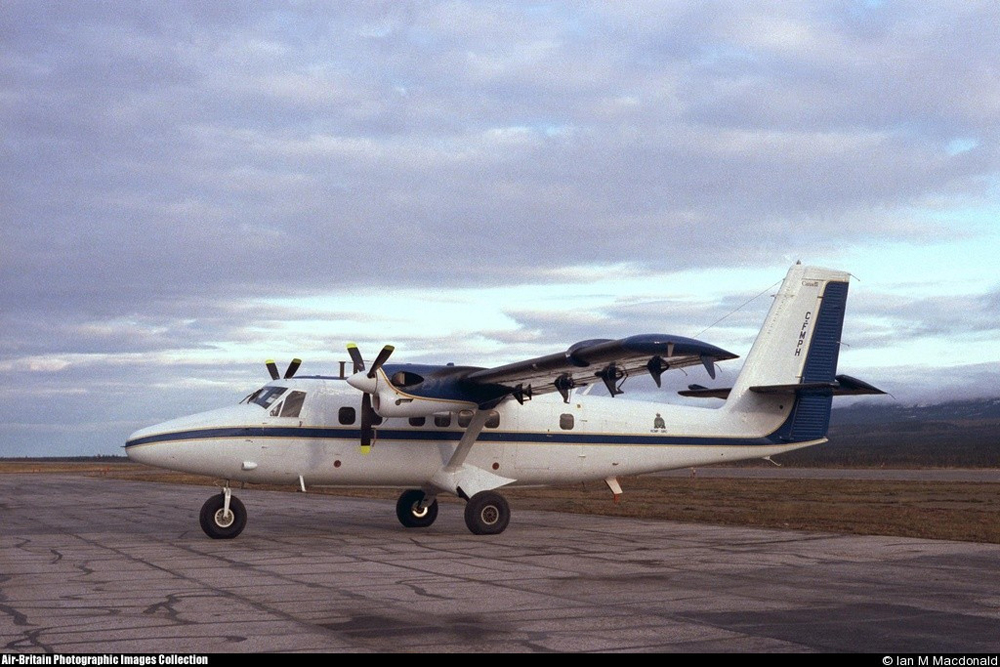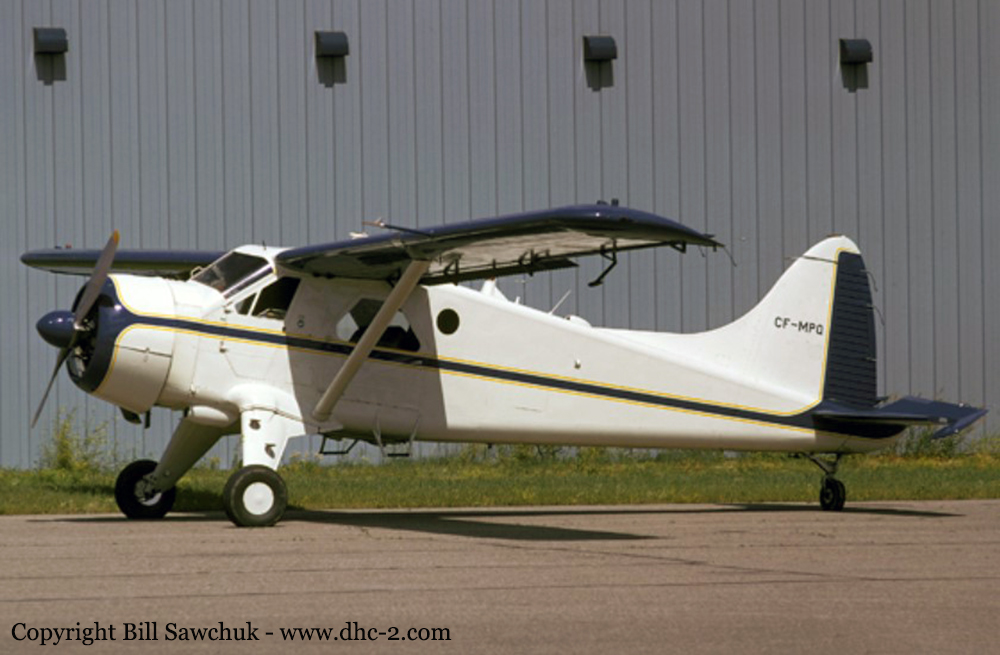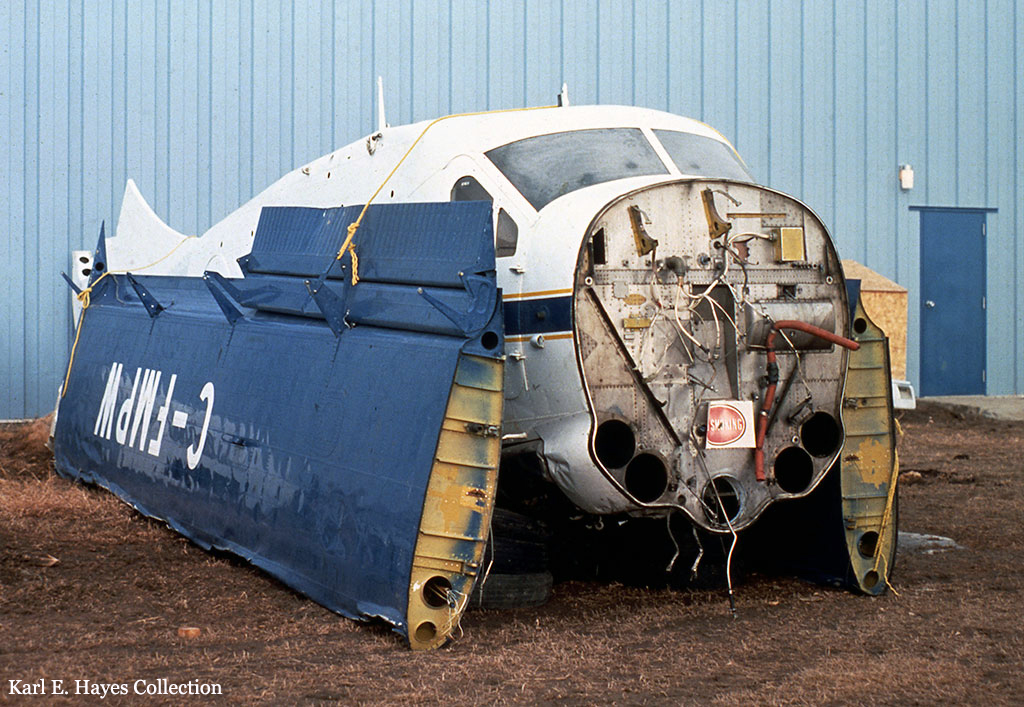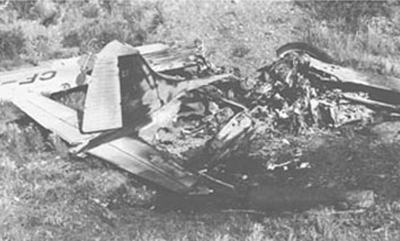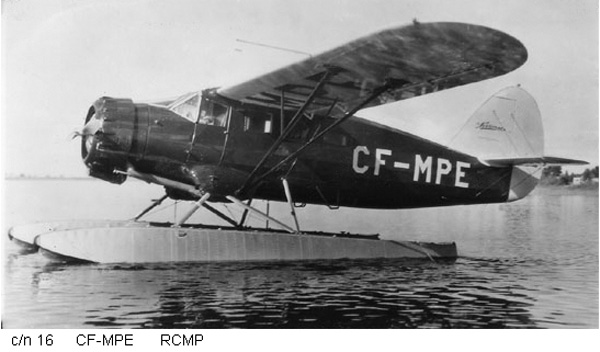Crash of a Pilatus PC-12/47E in Whitehorse
Date & Time:
Apr 17, 2023 at 1039 LT
Registration:
C-GMPX
Survivors:
Yes
Schedule:
Whitehorse – Yellowknife
MSN:
1017
YOM:
2008
Crew on board:
1
Crew fatalities:
Pax on board:
0
Pax fatalities:
Other fatalities:
Total fatalities:
0
Circumstances:
The pilot departed Whitehorse-Erik Nielsen Airport Runway 32L on a positioning flight to Yellowknife. Shortly after takeoff, he declared an emergency and attempted to return. On short final, he lost control of the airplane that crashed within the airport boundary. The pilot was seriously injured and the airplane was destroyed.
